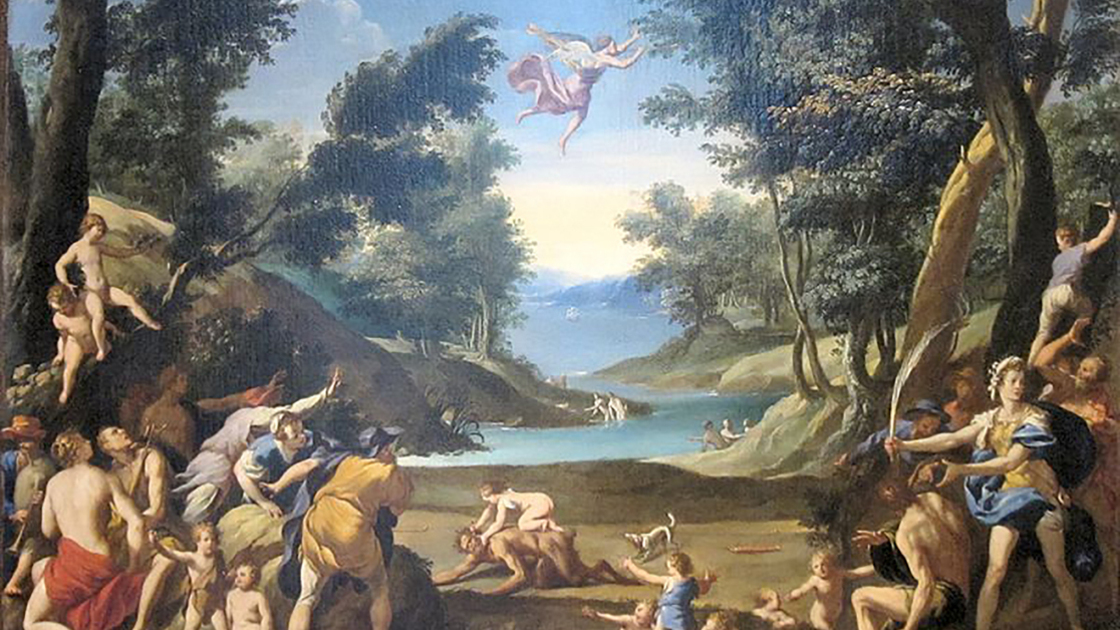What is behind this spring lovers’ festival? Is there any significance to the heart-shaped candies, winged cupids, and drawing of lots?
A Christian Custom?
Valentine’s Day falls at the same time as the ancient Roman festival of Lupercalia. The festival paired young men and women through a lottery system, and they would “fall in love” and marry.It is historically well established that the early church of Rome blended pagan beliefs and practices, assigning so-called saints to festivals long previously observed by pagans in an effort to win converts. The church’s decision to alter the festivities by assigning it an acceptable name was based on a third-century account of a presbyter who secretly married couples against the edict of Emperor Claudius ii. Though he was beheaded in a.d. 270, he was later honored as the patron saint of love and lovers, St. Valentine.
What then is it that people celebrate on Valentine’s Day?
Lupercalia was celebrated in honor of the pagan god Lupercus, meaning he who wards off the wolf. Authorities, however, agree that this was an ancient, pre-Roman festival handed down from the East. The Encyclopedia Britannica notes that “the festival itself … contains no reference to the Romulus legend, which is probably later in origin ….” The pagan population of Rome observed festivities beginning on the eve of February 14 centuries before the dawn of Christianity.
Valentinus was a common Roman name derived from the Latin word valens, meaning “to be strong.” Literally Valentinus means “strong, powerful, mighty.”
When Emperor Constantine converted to orthodox Christianity, he was encouraged to break with his pagan past. But the Roman populace of his realm would have none of it. The Christian-professing church decided that the only way to resolve the matter was to let the great masses of the empire (who were now considered members of the church) keep the Lupercalia festival, but under another name and for another purpose.
In the 18th century, English historian Edward Gibbon wrote, “[T]he vestiges of superstition were not so absolutely obliterated, and the festival of the Lupercalia, whose origin had preceded the foundation of Rome, was still celebrated …” (The History of the Decline and Fall of the Roman Empire).
It becomes quite obvious then, that the “Christianization” of Valentine’s Day is rooted in a much older tradition in honor of the “mighty one” “who wards off the wolf.”
“After the conversion of the imperial city, the Christians still continued, in the month of February, the annual celebration of the Lupercalia; to which they ascribed a secret and mysterious influence of the genial powers of the animal and vegetable world. The bishops of Rome were solicitous to abolish a profane custom, so repugnant to the spirit of Christianity; but their zeal was not supported by the authority of the civil magistrate: the inveterate abuse subsisted till the end of the fifth century and Pope Gelasius, who purified the capital from the last stain of idolatry, appeased, by a formal apology, the murmurs of the Senate and people” (ibid).
But did Pope Gelasius remove this “stain of idolatry”? In a.d. 496, after a long contest, he “Christianized” the festival, renaming it “St. Valentine’s Day.”
Revelation 17 describes a great counterfeit religion set up by this “mighty one” called: “Mystery, Babylon the Great, the Mother of Harlots and Abominations of the Earth” (verse 5). True Christians are admonished to come out of that religious system (Revelation 18:4). By the time the Apostle John wrote the book of Revelation, the city of Babylon had long been destroyed and left in ruins, but its abominable customs and religious concepts had continued.


No comments:
Post a Comment